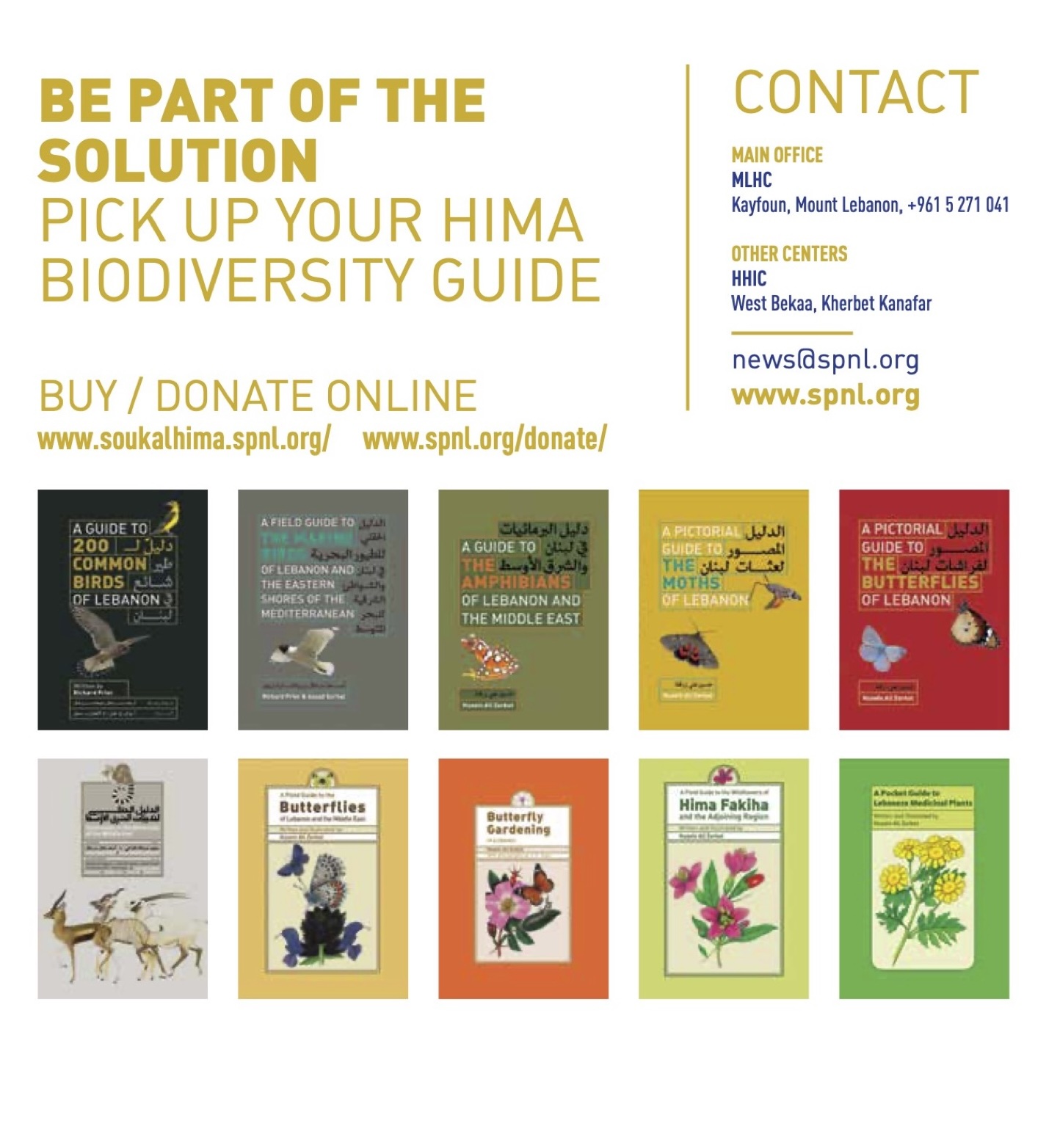At Kayfoun Qur’anic Garden, we’ve taken advantage of everything the area offers, from hiking Mountain peaks to sampling Hima’s incredible forests and trails. But the new hobby we’ve fallen hardest for is mushroom foraging. The Kayfoun Qur’anic Gardens enjoys vibrant spring and fall seasons when we can—with just a little effort and some clues from more experienced Homat Al-Hima find beautiful specimens of wild mushrooms.
Conquering Your Fear
If you are new to the idea of mushroom hunting, then you likely have a healthy fear of eating a poisonous mushroom. And this is a good place to start; some of our seemingly innocuous forest friends can indeed cause serious harm. Despite the fact that I need to leave a huge and obvious disclaimer on this post, I still think it’s an important piece of content to put out there. Mushrooming can be safe, BUT – if and only if you are willing to educate yourself and follow some very important rules. This post is for those of you who want to learn and are willing to employ patience and do the hard work.
A Systematic Approach
There is a methodology to approaching any new species of edible mushroom you wish to put in your basket. With enough research and care, you can get there.
If you are starting out blind, there are a few ways to quickly increase your learning curve. The easiest and most accessible method is to join Facebook and find a few local mushrooming “groups.” These virtual groups are typically made up of mushroom enthusiasts that are hunting in and around your region. If you are not sure what’s in season or where to start – group members will be posting photos of their finds and talking about their experiences. Some folks may even answer a few of your questions now and again. Once you do this, you can often ask about finding a local foray – head into the woods with people who know what they are doing and sponge all the information your brain can absorb. And finally, get a good field guide – you will need a reference in the woods to practice this approach.
Stay Focused
Most new mushroomers get into the woods and begin by pointing out every single mushroom they see. Winning the edibility game means you need to stay focused on one or two or three mushrooms. There’s a ton of fungi in the woods, but for these purposes we only care about a few. For this exercise, stay very focused on all the things you need to know about these few.
Start Simple
Set yourself up for success – start with a beginner mushroom that is easy to identify and has few evil twins. Not sure how to choose this mushroom? Ask that Facebook group… “I’m new to mushrooming and I’d like to practice identification today. Can anyone recommend a seasonally appropriate edible mushroom in this area that is great for beginners?”
Know the Falseys
Most mushrooms do indeed have doppelgängers – evil twin mushrooms that throw you off the true path to deliciousness. Once you’ve chosen the mushroom you are after, make sure you also use your field guide to investigate all of the false versions of this mushroom. You must know these just as well as you know the real deal.
Take Some Pictures
By all means, take pictures. If you want help identifying it, make sure you get pictures of both the top and bottom.
Smell
Be prepared to stick your face right on into that mushroom. Use your nose and your brain to really smell it. Your field guide will give you information about the odor – sometimes it’s very specific. For example, my guide tells me chanterelles are “pleasantly fruity” – in actuality they smell just like apricots.
Taste
Your field guide will have notes about taste – “mild, acrid, distinctly bitter, disagreeable”. Poisonous mushrooms often taste acrid – and they burn the end of your tongue. How would I know? Well there is a safe way to taste raw mushrooms. I wouldn’t taste every mushroom I see, but if you think you’ve got it and want to add another indicator you can. Break off a very tiny piece of the cap (by tiny I mean minuscule here), chew it with your front teeth a little and then taste it with the tip of your tongue. Once you’ve got the taste, spit it out – do not swallow any bits of the mushroom. I like to rinse my mouth with water and spit again for good measure.
What’s Under the Cap
Identification often involves looking under the cap to determine type – do you see gills, ridges, teeth or a porous surface? These are easy to compare to photos in your guide. We only recently started adding gilled mushrooms to our basket – they are prolific and much harder to identify.
Other Indicators
Sometimes your field guide will tell you that a mushroom has a scaly stalk or stains blue or olive green when cut. These are important indicators – pay attention!
Cooking
Always cook your wild mushrooms. Never eat them raw. Mushrooms that are somewhat bitter will benefit from longer cooking times.
Have Patience
When you are working with new mushrooms, it’s important to exercise patience. Don’t plan to go home and cook a whole meal, even if you are 100% certain about the ID. This mushroom, while fine for others, may not sit well with you. With any new mushroom, we always cook just a few tiny bites (maybe a tsp) in butter, eat them and then wait a day. If you are going to experience discomfort, you will know. On day two, eat a somewhat larger amount (maybe a Tbsp) repeat the process.
Trust Your Fear
If you are not sure, respect your fear. Revisit that Facebook group again, post images and ask for help with identifications to test yourself. If you can’t find a backup approach that gets you to a comfortable spot, then just don’t risk it.
Part of the article is for Kristen Blizzard *
* Kristen has been chasing wild, edible mushrooms for years mostly in the Colorado Rockies. She and her husband, Trent, are the authors of Wild Mushrooms: A Cookbook & Foraging Guide.
Original source: https://modern-forager.com/mushroom-identification-edibility-systematic-approach/
you can learn more about all fungi (wild mushroom) in Lebanon by visiting this page









